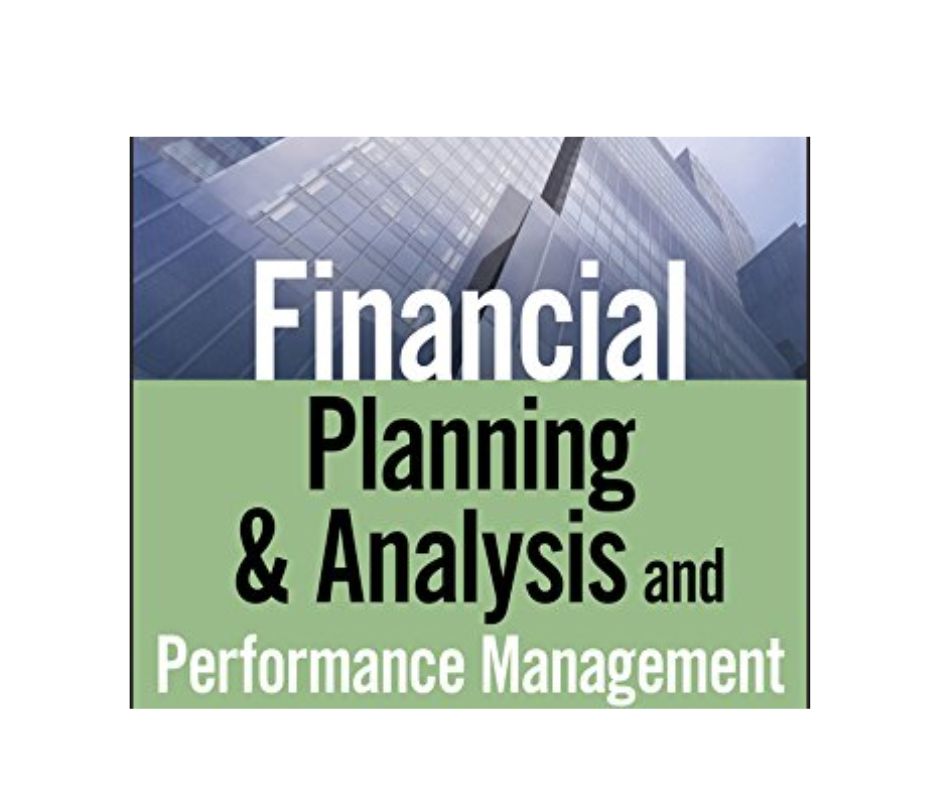Financial Records for Tax Audits
Managing financial records for tax audits is crucial for artists to ensure accurate reporting and compliance with tax regulations.
Here’s how artists can effectively manage their financial records:
1. Documenting Income Sources:
Artists should maintain a detailed record of all income sources, including art sales, exhibitions, workshops, and any online sales platforms.
This documentation should include invoices, receipts, payment confirmations, and sales contracts.
2. Expense Tracking:
Keeping track of expenses related to art production, materials, studio space, marketing, and travel is essential.
Artists should retain receipts and invoices for these expenses, categorizing them accurately to claim relevant deductions during tax audits.
3. Separate Business Accounts:
It’s advisable for artists to have a separate bank account for their art-related transactions.
This separation helps in keeping personal and business finances distinct, simplifying record-keeping and audit processes.
4. Digital Record Keeping:
Artists can utilize digital tools such as accounting software or spreadsheet applications to maintain organized records.
These tools can automatically calculate totals, generate reports, and provide a clear overview of financial activities.
5. Backup Documentation:
Keeping digital and physical backups of all financial documentation is essential. This includes scanned copies of receipts, invoices, and relevant correspondence.
Having these backups ensures that records are secure and accessible during audits.
6. Regular Reconciliation:
Artists should periodically reconcile their financial records with bank statements to identify any discrepancies.
This practice helps catch errors early and ensures that all transactions are accurately recorded.
7. Art Inventory:
Maintaining an updated inventory of artworks is crucial. This includes details like creation dates, dimensions, materials used, and any associated costs. A well-organized inventory simplifies valuation and verification during audits.
8. Professional Guidance:
Engaging a tax professional or accountant who specializes in artists’ finances can provide valuable insights.
They can help artists understand deductions, exemptions, and tax regulations specific to their creative industry.
9. Estimated Tax Payments:
Artists with fluctuating income should consider making estimated tax payments to avoid penalties. Setting aside a portion of income for taxes on a regular basis helps prevent financial strain during tax season.
10. Retaining Records:
Tax authorities may require artists to retain financial records for a specific period after filing taxes. Ensuring that all records are stored securely and accessible is important for potential audits in the future.
By following these steps, artists can effectively manage their financial records, ensuring a smoother tax audit process and maintaining compliance with tax regulations.
To visit: https://www.mca.gov.in/
For further details access our website: https://vibrantfinserv.com

